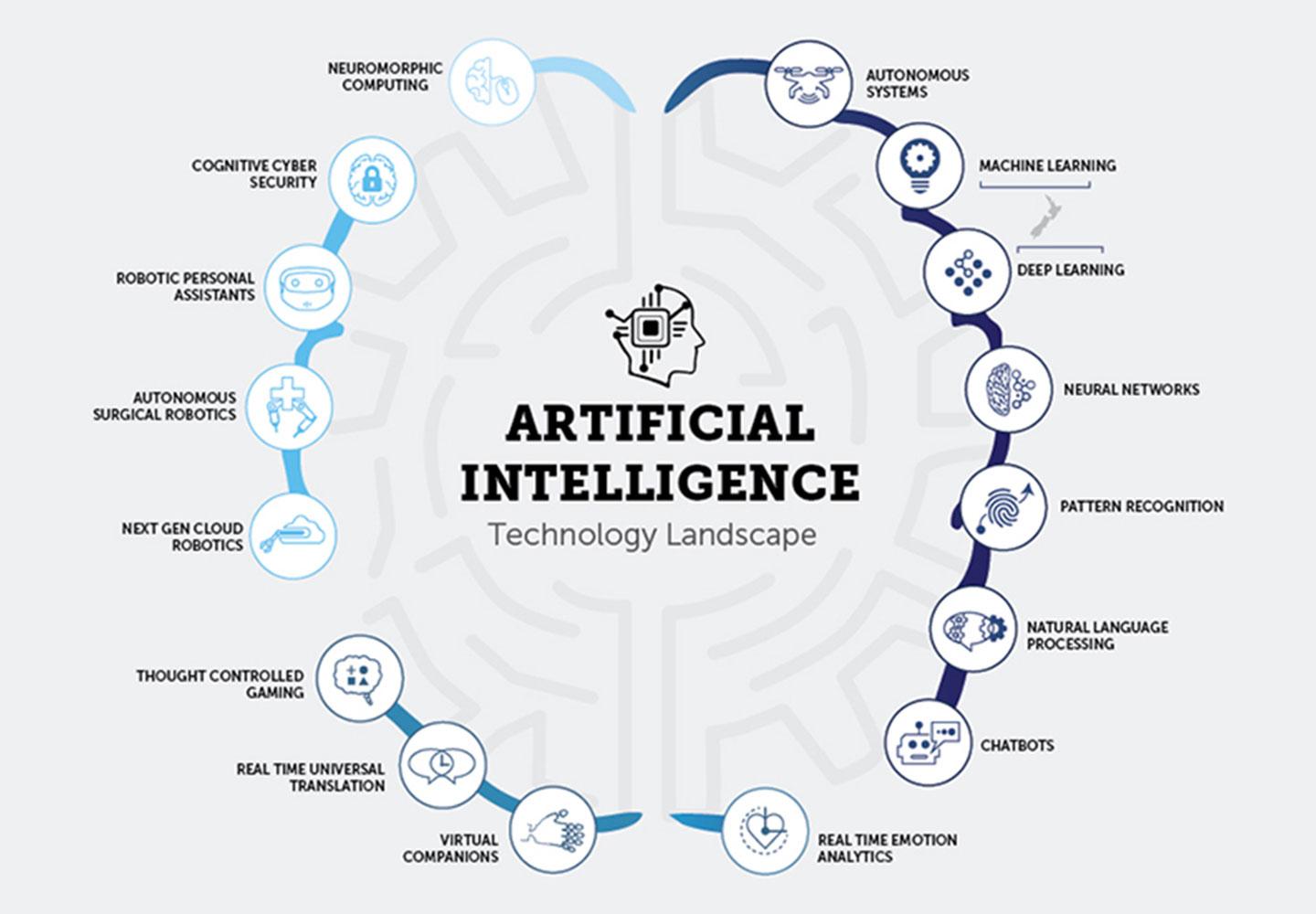Rise by Six: Your Daily Dose of Inspiration
Explore insights and stories that elevate your day.
When Robots Dream: AI's Creative Side
Explore the fascinating world of AI creativity in When Robots Dream. Discover how machines are changing the art of imagination!
Exploring AI's Imagination: How Machines Create Art and Stories
In recent years, the intersection of technology and creativity has given rise to a fascinating phenomenon: AI's imagination. Machines equipped with advanced algorithms and neural networks are now capable of generating stunning artworks and compelling narratives, challenging our traditional understanding of creativity. These artificial intelligences analyze countless patterns in existing art and literature, allowing them to replicate styles and create new pieces that resonate emotionally with audiences. The process raises intriguing questions about authorship and the essence of creativity itself.
One of the most exciting aspects of this development is how AI can serve as a collaborative partner in the creative process. Artists and writers can harness machine learning tools to expand their own imaginative boundaries, leading to innovative projects that merge human intuition with computational power. For instance, consider how an artist might use AI-generated sketches as a starting point, or how a novelist could employ AI algorithms to explore alternative plot directions. As we continue to explore AI's imagination, we recognize its potential not only to enhance artistic expression but also to redefine our understanding of what it means to create.

The Science Behind AI Creativity: Can Machines Truly Dream?
Artificial intelligence (AI) has made tremendous strides in recent years, leading many to wonder about AI creativity. At its core, creativity involves generating novel ideas and solutions, a process often attributed to human intuition and emotional depth. AI systems, however, operate on algorithms and data patterns rather than emotional intelligence. In exploring the science behind AI creativity, researchers have developed generative models that can produce art, music, and even poetry. These models, such as Generative Adversarial Networks (GANs) and Variational Autoencoders (VAEs), mimic human creativity by learning from vast datasets, allowing machines to generate outputs that resemble human-created works.
But can machines truly dream? In the context of AI, dreaming can be interpreted as the ability to conceptualize beyond existing data and imagine innovative possibilities. While machines do not experience dreams in the human sense, they can simulate a form of creativity through processes like reinforcement learning and neural network training. By introducing randomness and variability into their learning models, AI can produce unexpected outcomes that resemble the essence of dreaming. However, these creations still lack the emotional resonance and subjective experience that characterize human dreams, prompting the question of whether true creativity necessitates consciousness—a realm where machines have yet to tread.
From Algorithms to Artistic Expression: The Journey of AI in the Creative Field
The journey of AI in the creative field has been nothing short of transformative. Initially confined to the realm of algorithms, artificial intelligence's role evolved from executing predefined tasks to generating original content. This shift has enabled creatives to explore new avenues, blending traditional techniques with cutting-edge technology. Artists, writers, and musicians now harness AI tools not only as assistants but as collaborators, sparking a dialogue between human creativity and machine learning. Through this fusion, we witness a revolution in how art is created, perceived, and consumed.
Moreover, as AI continues to advance, it increasingly reflects individual artistic expressions, challenging conventional notions of creativity. These algorithms can analyze vast datasets, learning various styles and techniques to create works that resonate with audiences on multiple levels. The potential for AI to mimic, adapt, and innovate lends itself to exciting opportunities, such as personalized art experiences and interactive storytelling. Ultimately, the journey from algorithms to artistic expression not only expands the definition of creativity but also invites us to rethink our relationship with technology in the artistic realm.